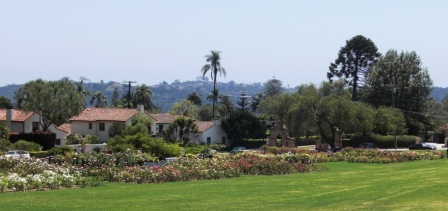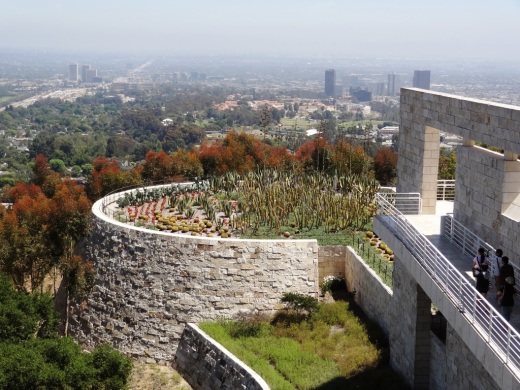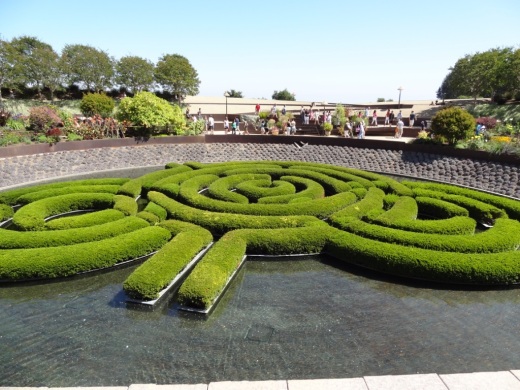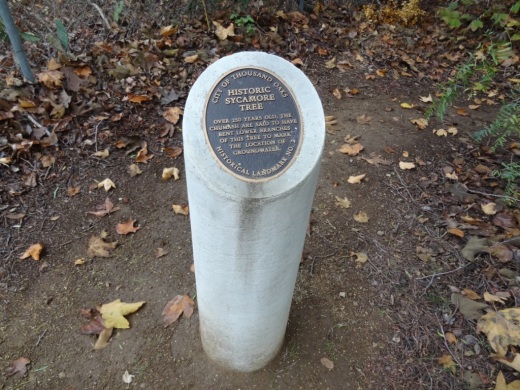Reyes Adobe Historical Site - Agoura Hills
/The Reyes Adobe Historical Site at 5464 Reyes Adobe Road, Agoura represents the first home built in Agoura Hills back in 1850. The City of Agoura Hills purchased the site from Los Angeles County in 1983 and maintains the adobe structure as a museum and cultural center. The home was built by Jose Paulino Reyes, son of Jose Jacinto Reyes, the second son of Juan Francisco Reyes, a Mexican soldier on the Portola expedition that was granted local land in 1837.
Check out the house, courtyard, barn and various artifacts preserved at the site by taking a tour. And don't miss the annual Reyes Adobe Days celebration that takes place every fall (usually early October) at the site.
Adjacent to the site is Reyes Adobe Park.
Docent led tours on 2nd and 4th Saturdays from 1-4pm. Suggested donation is $3 for adults, $2 for seniors, $1 for ages 5-12 and free for 4 and under. The site has been closed due to the pandemic; contact the city for updates.
More information at www.agourahillscity.org/our-city/visitors/reyes-adobe-historical-site or by calling 818-597-7366..















































